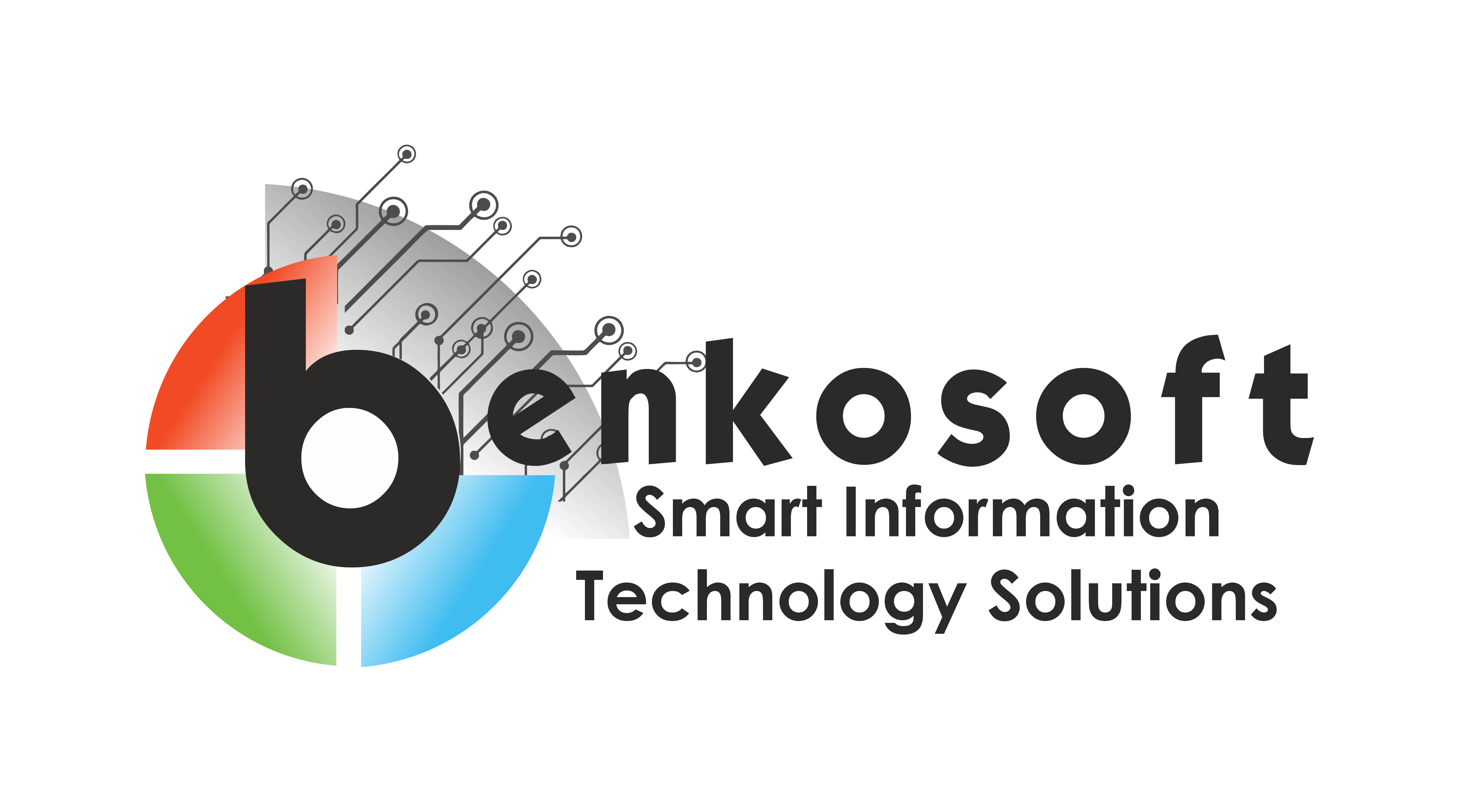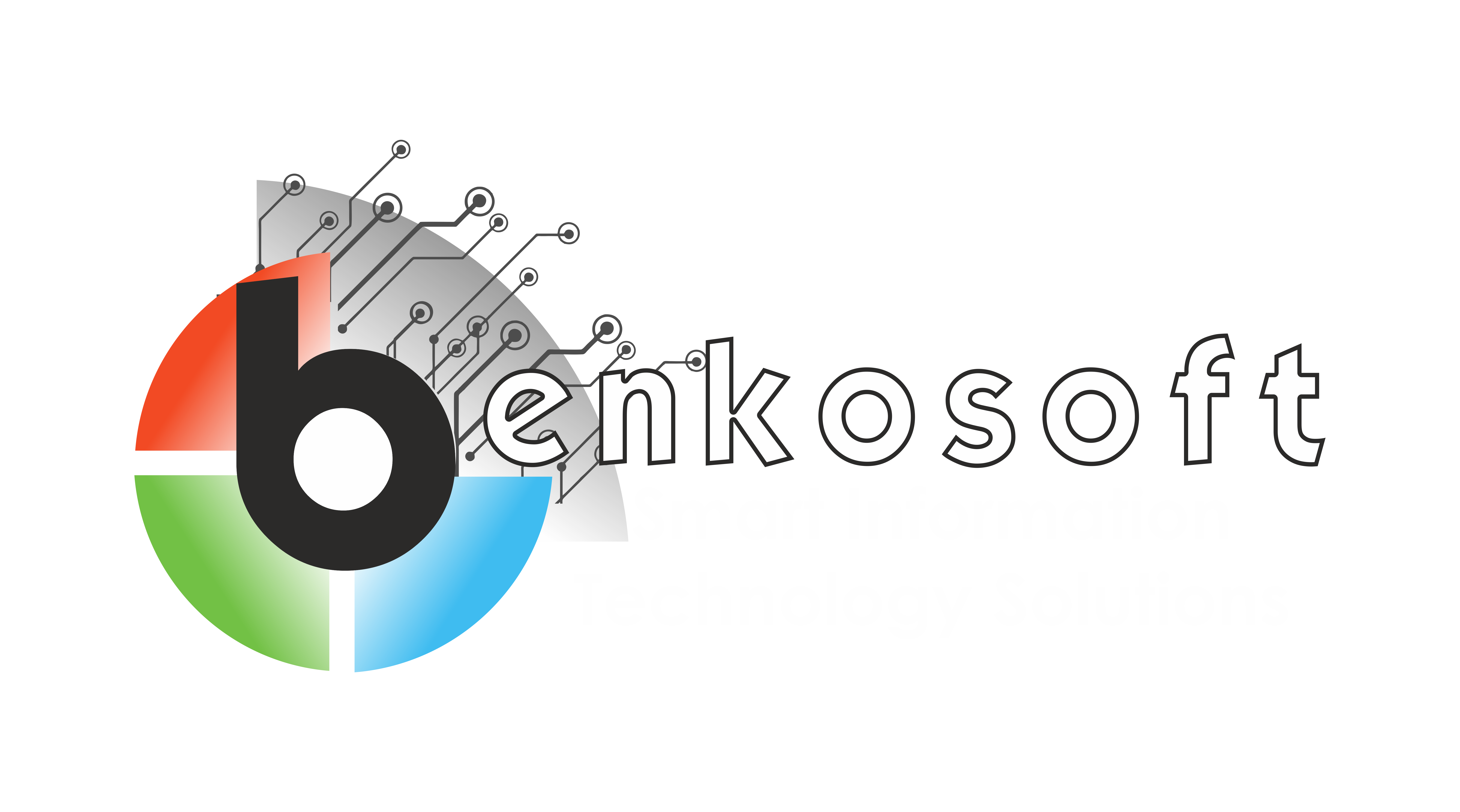Technologies
HTML
HTML (Hypertext Markup Language) is the standard markup language used to create and design documents on the World Wide Web. It was first developed by Tim Berners-Lee in 1991 and has since undergone several revisions to accommodate the evolving needs of the web.
One of the key features of HTML is its simplicity and ease of use. HTML uses a system of tags and attributes to define the structure and content of a web page. Tags are used to mark up elements such as headings, paragraphs, lists, links, images, and multimedia content, while attributes provide additional information about these elements, such as their appearance or behavior.
HTML is also a versatile language that can be used in conjunction with other technologies, such as CSS (Cascading Style Sheets) and JavaScript, to create interactive and visually appealing web pages. CSS is used to style the presentation of HTML elements, while JavaScript is used to add interactivity and dynamic content to web pages.
Another important feature of HTML is its compatibility with different web browsers and devices. HTML is designed to be platform-independent, meaning that web pages written in HTML can be viewed on any device that has a web browser, regardless of the operating system or hardware.
Over the years, HTML has evolved to include new features and elements to support the growing complexity of web pages. HTML5, the latest version of HTML, introduced new elements for embedding audio and video content, as well as new APIs for creating web applications and accessing device hardware.
In conclusion, HTML is a foundational language for web development that is essential for creating and designing web pages. Its simplicity, versatility, and compatibility make it a popular choice for developers looking to create content for the World Wide Web. Whether you’re a beginner or an experienced web developer, HTML is a language that is worth learning and mastering.

